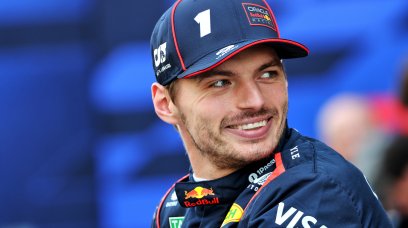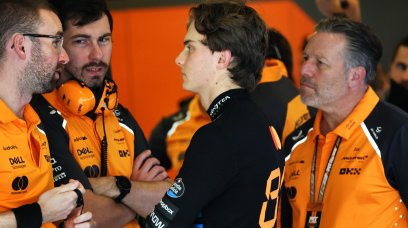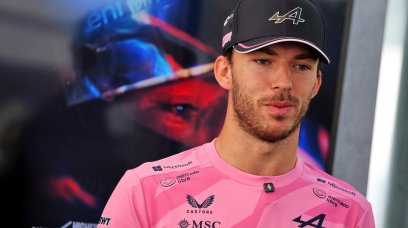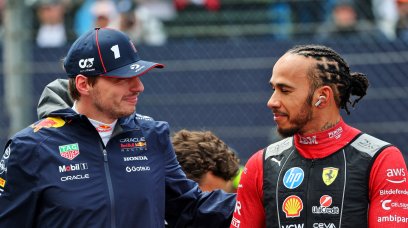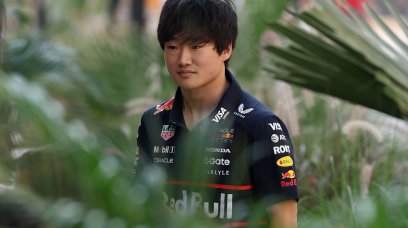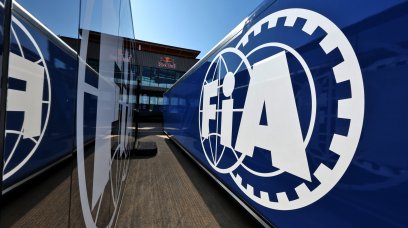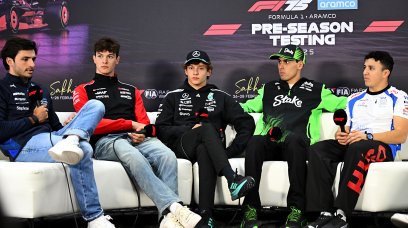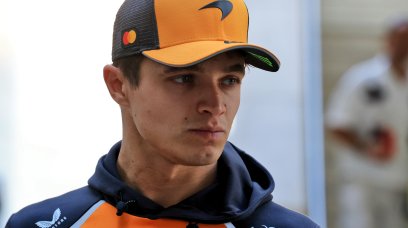Williams' Head of Vehicle Performance, Dave Robson, says the contrasting features of the Baku City Circuit make it particularly tricky for teams to set their cars up effectively for the Azerbaijan Grand Prix weekend. Just as in the previous Grand Prix at Monaco, the tight and twisting Sector 2 at Baku contains many slow corners, with the narrowest point of the track measuring just 7.6 metres wide. But unlike Monaco, Baku's final sector is wide, expansive and almost entirely flat out, and as Robson notes, a delicately balanced set-up is needed in order for the car to perform well in both extremes. "The streets of Baku are quite a different challenge to those in Monaco, and although there are some very tight and slow corners here, there are also long straights and fast corners to contend with," said Robson. "There is a temptation to significantly lower the downforce and drag level for this circuit, but how far it is correct to do so will depend on a range of risk-reward trades, which the drivers will have to consider during the practice sessions. "The smooth track surface can make [tyre] warm-up difficult, but this is compensated for by the long lap."
Baku challenge makes for good racing, says Robson
Robson added that while the challenge to set up the car correctly at Baku is great, the circuit usually throws up exciting races. "The camber of the roads, large gradient changes, and the varying track width all add to the challenge at this circuit and ensure that setting the car up to be strong over the full 6km lap is very tricky," said Robson. "However, the same circuit characteristics that provide the setup challenge also lead to good racing and exciting on-track battles in Azerbaijan. "Taming the streets of Baku is not easy, but it can be enjoyable and rewarding when done well." Robson's Williams team are currently bottom of the 2022 F1 Constructors' Championship with three points from seven races.
Most read
